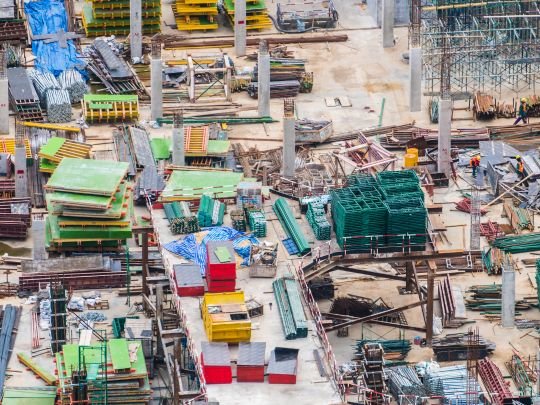
Introduction
In construction, accuracy is everything. One minor error in material takeoff can lead to delays, budget overruns and wasted resources. Whether you’re working on residential or commercial projects in Australia, avoiding these common takeoff mistakes can make all the difference to your project’s success.
What is Material Takeoff?
A material takeoff (MTO) is an essential part of the construction planning process. It involves calculating and listing every material required for a project, from concrete and steel to fixtures and finishes. A well-prepared takeoff gives contractors and developers a clear understanding of the materials they need and their costs.
But creating an accurate takeoff isn’t always easy. Small oversights and miscalculations can have a big impact. OptiBuild Estimating uses the industry’s best software to avoid these errors, ensuring every detail is accurately recorded and accounted for.
Common Mistakes in Material Takeoff
- Inaccurate Measurements:Incorrect measurements are one of the most common mistakes in construction material takeoff. An error in measurement can lead to ordering the wrong amount of materials – either too much or too little – resulting in unnecessary expenses or project delays.
- Overlooking Waste Factor:Many estimators forget to include a waste factor in their calculations. Waste is inevitable in any construction project, so factoring in an additional percentage of materials is crucial to prevent shortages.
- Not Accounting for Project Complexity: Complex projects often involve intricate designs and materials that need special attention. Estimators who overlook this complexity may underestimate material requirements, leading to costly mistakes and delays. This is where working with experienced estimators who know how to manage complex material takeoff calculations is essential.
- Inconsistent Units of Measure: Confusing or mixing units (e.g., square metres vs. square feet) can lead to major errors in quantity calculations. Using a standard unit of measure throughout the takeoff process ensures consistency and reduces the risk of costly miscalculations.
- Ignoring Market Fluctuations: Construction material prices can vary significantly. Not accounting for these fluctuations in construction material takeoff can affect project budgeting and lead to financial losses. Staying updated with market trends is key to creating an accurate cost estimate.
How to Avoid These Common Mistakes
- Use Reliable Software: We use the industry’s best softwareto ensure our estimates are precise and reliable. By utilising advanced takeoff tools, OptiBuild Estimating ensures all measurements are accurate and all materials accounted for, helping you avoid miscalculations.
- Allow for Waste Factor: Adding a waste factor is a simple way to avoid running short on materials. Depending on the project, adding an extra 5-10% of materials is usually sufficient.
- Partner with Experienced Estimators: For complex projects, working with seasoned estimators can make a big difference. At OptiBuild Estimating, our team is skilled in handling detailed takeoffs for projects of all scales.
- Standardise Units of Measure: By keeping units consistent, you can reduce the risk of errors in calculations. Stick to one measurement system across all plans and documents to maintain accuracy.
- Stay Informed of Market Changes: Regularly check material costs and update your estimates accordingly. This proactive approach can save you from unexpected costs down the line.
Conclusion
Material takeoff errors can disrupt a construction project’s timeline and budget. By avoiding these common mistakes and ensuring you have the right software and expertise, you can keep your project running smoothly. Remember, your minor mistake can be greater than a fee to someone like us. OptiBuild Estimating provide the accuracy and support needed for a successful project, ensuring every material is accounted for with precision and reliability.
